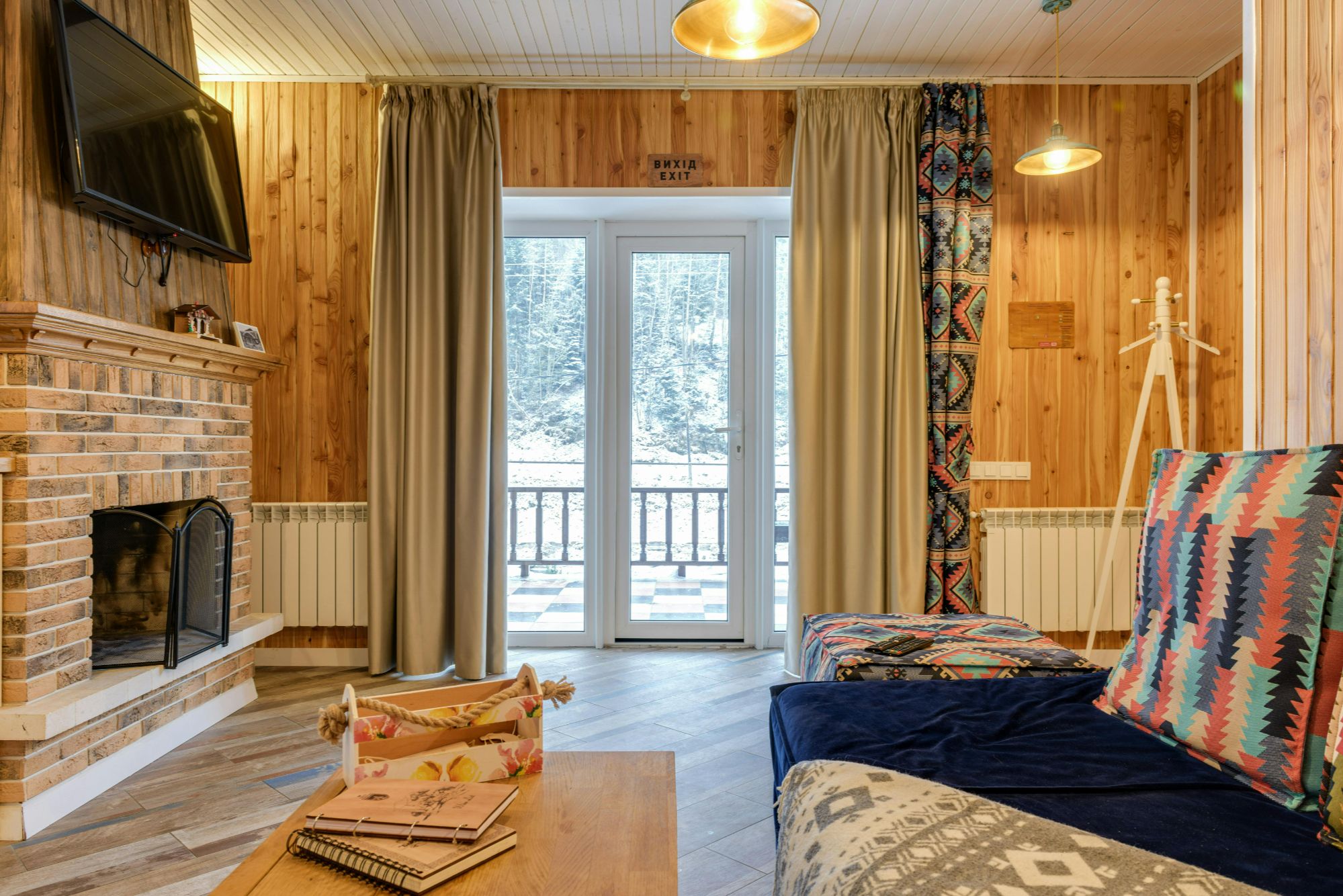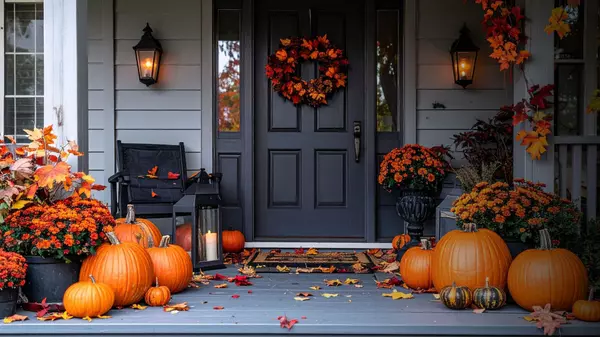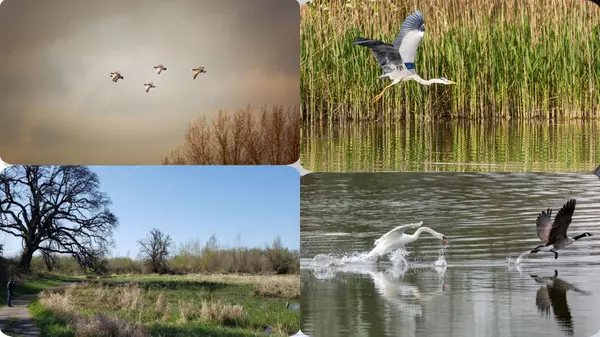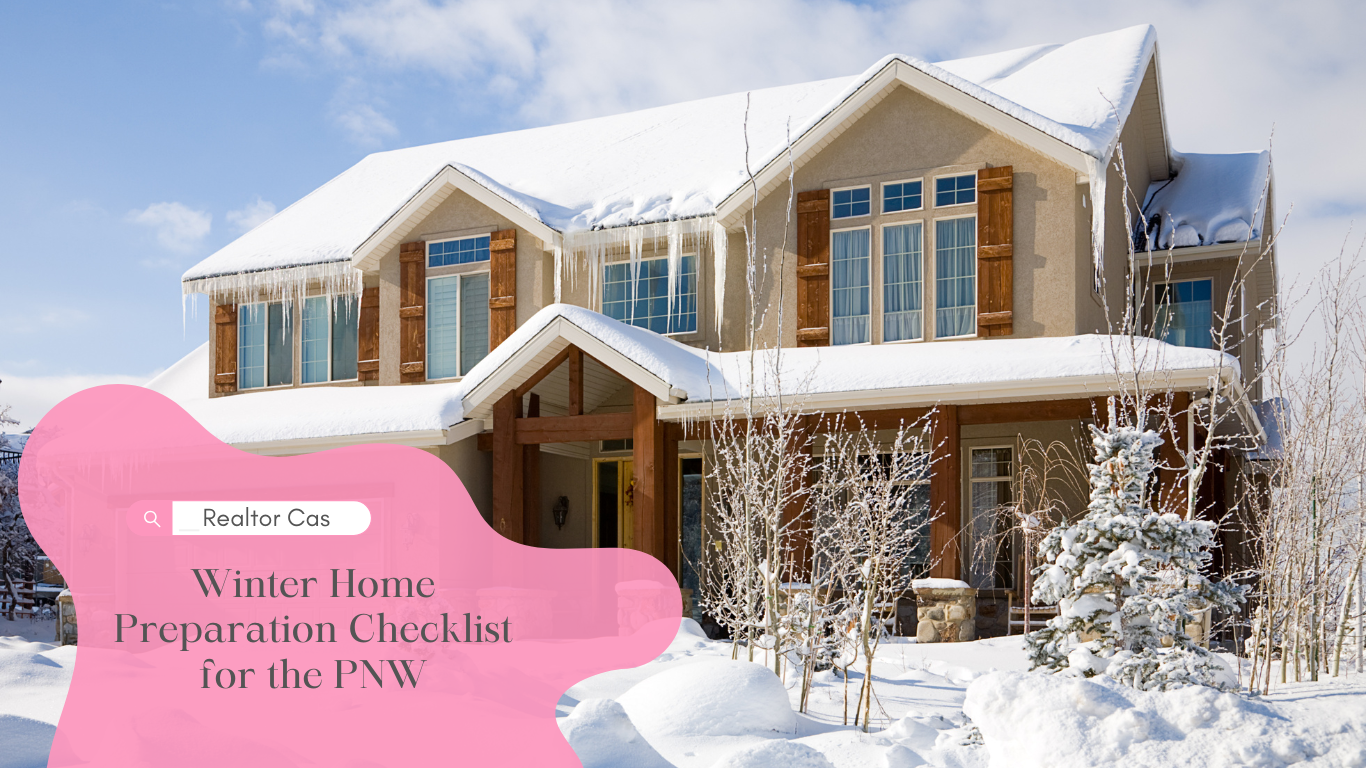Winter Home Preparation Checklist for Pacific Northwest: Tips for a Cozy, Safe Season
Winter Home Preparation Checklist for Pacific Northwest: Essential Tips for a Cozy, Safe Season
Winter in the Pacific Northwest (PNW) brings a unique set of challenges for homeowners, trust me I know from experience! From heavy rainfall and the occasional snow to prolonged damp conditions that test the resilience of our homes. As a local realtor with a deep understanding of PNW living, I’ve compiled this comprehensive winter home preparation checklist. If you're a first-time homeowner, new to the PNW or a seasoned PNW resident, this guide will help you prepare, protect, and maintain your home all season long.
1. Exterior Preparation Checklist: Guarding Against the Elements

Roof and Gutters
The roof and gutters are a home’s first line of defense against PNW weather. Heavy rainfall can quickly overwhelm gutters, leading to water damage if they’re not properly cleared.
- Clean Gutters and Downspouts: Clear out leaves, pine needles, and debris to prevent clogs that lead to overflow and potential ice dams.
- Watch for Overflow: Monitor your gutters during heavy rain to ensure they’re draining correctly. Overflow often signals blockages.
- Walk Around Home After Heavy Rain: Check for pooling around the foundation, which can lead to structural issues.
- Inspect for Damage: Look for loose or missing shingles, worn flashing, and signs of leaks. Water intrusion through the roof can lead to extensive (and expensive) repairs.
- Professional Inspections: If you're not comfortable checking these areas, schedule a professional inspection. Gutter guards are also worth considering to reduce maintenance.
Siding and Exterior Walls
Siding shields your home against moisture, but any cracks or damage can let water in, leading to mold, rot, and even structural damage.
- Check for Cracks and Gaps: Inspect siding for damage, especially around doors, windows, and seams. Caulk any cracks with a high-quality, weatherproof sealant.
- Address Potential Moisture Intrusion: The PNW is known for high moisture levels, so take proactive steps by sealing gaps, ensuring paint is in good condition, and considering weatherproof coatings.
Tree and Branch Trimming
Snow or ice accumulation on tree branches can cause them to snap, posing risks to your home and property.
- Trim Overhanging Branches: Remove dead or low-hanging branches near your roof, fence, or power lines.
- Professional Assistance: For large trees or branches near structures, consult a professional arborist. They’ll ensure the trimming is done safely and correctly.
Outdoor Faucets and Pipes
Frozen pipes can be a homeowner’s worst winter nightmare. Protecting your outdoor plumbing is essential.
- Disconnect Hoses and Drain Pipes: Remove garden hoses, drain outdoor faucets, and install insulated faucet covers.
- Blow Out Irrigation System: To prevent frozen pipes, blow out any remaining water from your irrigation system.
- Install Frost Covers on Hose Bibs: Here’s a quick tip to save yourself from future headaches (and maybe a few calls to a plumber!): consider grabbing these Frost King Outdoor Faucet Covers right now. Simple to install and worth every penny!
- Close Attic & Crawlspace Vents
These vents should be closed during winter to keep cold air out. If you haven’t got a set, vent plugs are easy to use and keep that precious heat inside where it belongs.
Decks, Patios, and Outdoor Furniture
Winter weather can take a toll on outdoor furniture and décor.
- Store or Cover Furniture: Bring furniture and décor indoors or cover them with waterproof, weather-resistant covers.
- Take in Exterior Furniture Pillows: Storing pillows indoors will extend their life and prevent mildew.
- Secure Larger Items: Anchor or store larger items, like grills and garden décor, to prevent damage from wind or ice.
2. Interior Preparation Checklist: Comfort and Energy Efficiency

Heating System Maintenance
Nothing is worse than a heating system failure during a PNW winter.
- Inspect and Tune-Up: Schedule a professional inspection of your furnace or heating system, and replace air filters.
- Change/Clean HVAC Filters: Regularly clean or replace HVAC filters to keep your system running efficiently and improve indoor air quality.
- Consider Thermostat Upgrades: If you don’t have a smart thermostat, consider upgrading for energy savings and better temperature control.
Windows and Doors
Drafty windows and doors can increase heating costs and reduce comfort.
- Inspect for Drafts: Check for air leaks around windows and doors. Use weather stripping, caulk, or plastic window insulation kits to seal drafts.
- Check Door Weather Stripping: Ensure weather stripping is intact to prevent drafts and maintain indoor warmth.
- Install Heavy Curtains or Draft Stoppers: Thermal curtains and door draft stoppers can add an extra layer of insulation.
Chimney and Fireplace Prep
Fireplaces add warmth and ambiance, but they require regular maintenance.
- Clean and Inspect Chimney: Schedule a chimney sweep to remove creosote buildup and check the flue.
- Check for Tight Flue Seals: Ensure the flue closes tightly to prevent heat loss and drafts when the fireplace is not in use.
Smoke and Carbon Monoxide Detectors
As we seal our homes for winter, it’s essential to ensure safety devices are functioning.
- Replace Batteries: Replace batteries in smoke and carbon monoxide detectors.
- Test and Inspect Devices: Test each detector, and replace units as necessary, especially if they’re more than a few years old.
Close Attic & Crawlspace Vents
Closing vents helps to trap warmth and prevents cold air from entering.
- Insulate Vents for Added Protection: Consider adding foam insulation to vents for an added layer of protection against cold air.
Pest Prevention
As temperatures drop, pests look for warmth, making winter a prime time for invasions.
- Seal Entry Points: Check for visible entry points for pests, such as gaps in siding or cracks around windows.
- Use Weatherproof Caulk or Steel Wool: Seal any gaps or cracks to keep pests outside.
3. Emergency Preparedness Kit: Be Ready for Any Situation
Winter storms can bring power outages, road closures, and icy conditions. An emergency kit ensures you're ready for anything.
- Essential Items: Pack flashlights, batteries, non-perishable food, bottled water, and blankets.
- Additional Supplies: Include a portable phone charger, manual can opener, extra clothing, a hand-crank radio, and a list of emergency contacts.
- Quick Access: Store the kit in an easily accessible location so you can reach it in a hurry if needed.
4. Moisture and Rain Control Measures: Protecting Your Investment
The PNW’s rainy climate makes moisture control essential for maintaining a healthy home environment.
Indoor Humidity Management
Excessive indoor moisture can lead to mold and mildew growth.
- Use Dehumidifiers: Consider using a dehumidifier in damp-prone areas, such as basements or bathrooms.
- Ventilation Best Practices: Run bathroom fans during showers and use kitchen ventilation while cooking to reduce humidity levels.
Basement and Crawl Space Inspection
Basements and crawl spaces are particularly vulnerable to moisture.
- Inspect for Water Intrusion: Look for any signs of leaks or dampness and consider waterproofing if needed.
- Install a Sump Pump (if needed): If your basement has frequent moisture issues, a sump pump may be necessary to keep it dry.
Proper Siding and Sheathing
Keeping water and wind out of the walls and foundation is essential for PNW homes.
- Inspect and Repair Damage: Regularly check siding, caulk joints, and sheathing to prevent water intrusion.
- Professional Sealant and Caulk Products: Invest in high-quality, weatherproof products designed to withstand PNW winters.
5. Energy Efficiency and Smart Tech Tips
Winter preparation isn’t only about protection—it’s also about comfort and efficiency. PNW winters can bring hefty heating bills, but energy-saving measures can help.
Smart Thermostats
Control your heating from anywhere and reduce energy costs.
- Install a Smart Thermostat: A smart thermostat allows for remote control, which can reduce heating costs by adjusting based on usage.
- Benefits of Temperature Scheduling: Program your thermostat to lower the temperature while you’re away to save on energy bills.
Simple Energy-Saving Measures
Easy, affordable steps can make a difference in energy use.
- Thermal Curtains and Draft Stoppers: Use heavy curtains to block out drafts, and place draft stoppers along doors.
- Rug Placement for Insulation: Area rugs can help insulate floors and add warmth.
6. Download Your Winter Home Preparation Checklist
To make things even easier, I’m offering a free, downloadable Winter Home Preparation Checklist, so you can work through each task one step at a time. This checklist covers everything in detail, from gutter cleaning to emergency kit essentials. [Download Now]
Begin Preparations Now for a Cozy, Safe Winter
Winter preparation in the PNW may seem daunting, but with this checklist, you’ll be ready for anything. From basic maintenance to energy efficiency, these proactive steps protect your home and ensure comfort all season long. Starting early allows time for professional assistance when needed, so don’t wait until the first frost!
I hope this guide helps you enjoy a warm and worry-free winter. Remember, I’m here to assist with all your real estate needs, from home-buying tips to trusted service recommendations. Let’s keep your home safe, cozy, and well-maintained this season!
Sign up for my monthly newsletter to receive expert advice, important local updates, and insider knowledge on the best ways to thrive in this unique region. Whether you're buying, selling, or simply curious about life in the Pacific Northwest, I've got you covered.
👉 Join my newsletter today and never miss a beat! Just enter your email below and get exclusive access to all things Southwest Washington. Let’s stay connected!
Frequently Asked Questions
What should I do to prepare my house for winter?
Start by sealing windows and doors, cleaning gutters, checking your roof for leaks, and servicing your furnace. Insulate exposed pipes and detach hoses from outdoor spigots. Stock up on emergency supplies in case of storms or power outages.
How to prepare for winter in Washington?
Washington winters can be rainy or icy depending on location. Prep by maintaining your heating system, winterizing vehicles, and checking that your home is weather-sealed. In snow-prone areas, have ice melt, snow shovels, and a backup heat source ready.
How to prep an empty house for winter?
Set the thermostat no lower than 55°F, turn off the water supply, and drain the plumbing system to avoid frozen pipes. Unplug appliances, close blinds, and have someone check in regularly. Consider a monitored security or temperature alarm system.
How to prepare a house for a winter storm?
Charge devices, fill bathtubs or buckets with water (if you rely on a well), and gather flashlights, batteries, and non-perishable food. Secure outdoor furniture and check that pipes are insulated. Know how to manually open your garage if the power goes out.
What is the coldest you should let your house get in the winter?
Experts recommend keeping your home at no lower than 55°F, even when unoccupied. This helps prevent freezing pipes and protects appliances and electronics.
How do snowbirds winterize their homes?
They typically shut off the water, drain the pipes, set thermostats to 55°F or higher, and unplug major electronics. Many also ask a neighbor or service to check in regularly and forward mail. A programmable thermostat and leak detectors offer extra peace of mind.
What not to do during winter?
Avoid using space heaters near flammable materials, overloading outlets, or neglecting chimney and furnace maintenance. Don’t ignore frozen pipes—they can burst quickly. Also, don’t drive during ice storms unless necessary.
Are winters harsh in Washington state?
It depends on where you live. Western Washington (like Vancouver) tends to have mild, wet winters, while eastern regions and the mountains experience harsher snow and colder temperatures. Be prepared for rain, wind, and occasional freezing weather.
How to prepare for freezing temperatures in winter?
Insulate pipes, weather-strip windows and doors, and ensure your heat system works efficiently. Have blankets, bottled water, and backup power sources ready. Keep faucets dripping during extreme cold to avoid pipe bursts.
What temperature should you leave an unoccupied house in winter?
Set the thermostat to at least 55°F. This helps prevent frozen pipes, especially in colder parts of Washington. If the home will be empty for a long time, consider fully winterizing it.
Categories
Recent Posts










GET MORE INFORMATION

Cassandra Marks
Realtor, Licensed in OR & WA | License ID: 201225764
Realtor, Licensed in OR & WA License ID: 201225764

